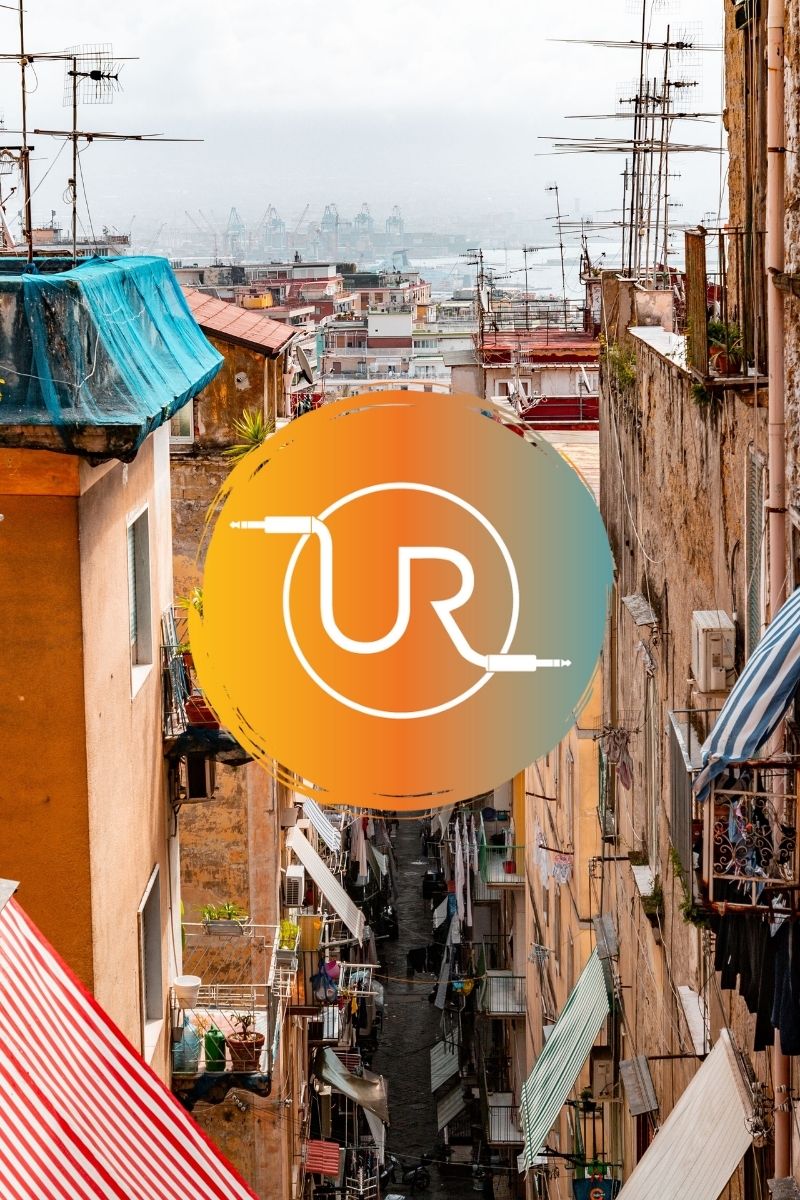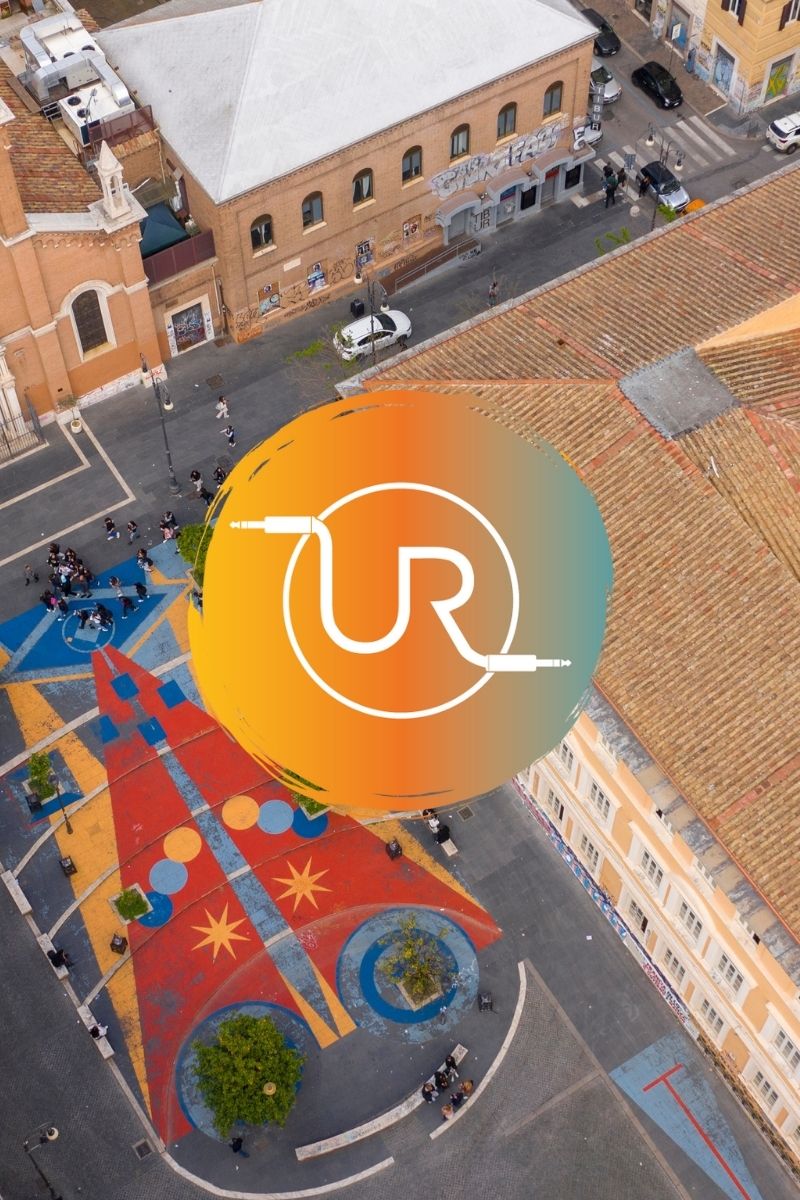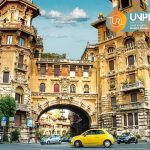
Known for his mind-bending geometric prints, Dutch artist Maurits Cornelis Escher had a deep connection with Italy, which influenced much of his work. Escher’s time spent in Italy, particularly Rome, Naples and Sicily, not only shaped his artistic direction, but also deepened his philosophical inquiries about space, infinity and nature.
Early Life and Arrival in Italy
Born in 1898 in the Netherlands, Escher’s art was significantly marked by his move to Italy. After studying architecture and graphic arts in Haarlem, he traveled to Italy for the first time in 1922. Fascinated by the landscapes and architecture, Escher developed a deep connection with the country’s pristine beauty and rich cultural history. In 1923 he decided to settle in Italy, where he lived for 12 years, initially in Siena and then in Rome, where he lived until 1935.
Rome City of Architectural Wonders
Escher lived in Rome for over a decade. Although he lived in different parts of the city, his main residence was at Via Poerio 122 in the Monteverde Vecchio neighborhood. Located in a leafy neighborhood close to the Trastevere district, it provided him with a peaceful working environment and close proximity to the vibrant cultural life of Rome.
Living in the heart of one of the most historic cities in the world, Escher was surrounded by architectural wonders that reflected the themes of order, symmetry and repetition that would later become central to his art. His most famous print Relativity (1953), Escher’s early work in Rome focused on more realistic depictions of architecture and landscape. The Roman Forum, Colosseum and other ruins inspired Escher to depict urban space in fine detail. He was particularly interested in perspective, and Rome, with its multi-layered history, provided the perfect backdrop for him to explore these themes in depth. His time in Rome gave him the opportunity to engage in rich dialogues about art, geometry and perspective with the local artistic community.
Naples Gateway to Nature-Based Inspiration
Naples opened the door to Escher’s exploration of Southern Italy and represented the artist’s passion for the more rugged and untouched southern part of the country. The volcanic slopes of Mount Vesuvius and the coastal cliffs of Amalfi stood in sharp contrast to the ordered and symmetrical architecture of Rome.
In Naples, Escher was inspired by the city’s labyrinthine streets and rich cultural history, and many of his prints from this period reflect his admiration for the spirit and nature of the city. Castrovalva (1930), for example, captured the dramatic elevation changes and winding streets of Italian hill towns, revealing Escher’s curiosity about how space could be distorted in ways that challenged perception. The chaotic beauty of Naples was in stark contrast to the more ordered forms for which Escher would become known in later years. Yet it was precisely this contrast that fueled his creativity and formed the basis for his more abstract explorations.
Sicily Land of Endless Patterns
Escher’s greatest source of inspiration in Italy was probably Sicily. His frequent visits to the island between 1930-32 were marked by an intense study of the intricate patterns within both natural and man-made structures. Sicily’s ancient temples, changing landscapes and intricate mosaics fed his imagination, allowing him to develop designs in which patterns repeated without gaps or overlapping.
Escher was particularly impressed by the Arab-Norman architecture of Palermo and Monreale. The mosaics in the cathedrals and palaces of both cities reflected the geometric precision of mathematical order that Escher sought to capture in his own work. Increasingly interested in the relationship between form and space, symmetry and infinity, the artist found the material he was looking for in Sicily.
1932 edition Metamorphosis Iwas one of the best examples of the influence of Sicily on his work. Creating an interconnected and fluid system full of patterns, Escher developed the concept of constant transformation and intertwining that is central to his art, inspired by the reflections of the Arab civilization in Sicily and Andalusia, which intertwined with Mediterranean culture.
The End of an Era: Leaving Italy
In 1935, with the rise of fascism under Mussolini and his son Arthur being diagnosed with tuberculosis, Escher and his family left Italy for good and moved first to Switzerland and then to Belgium. Although he continued to produce many famous works later in his life, the twelve years he spent in Italy were decisive for his artistic identity. Even after he left Italy, the landscapes that were engraved in his memory during his visits to different parts of the country continued to be present in his works. His experiences in Rome, Naples and Sicily played a critical role in shaping his artistic perspective and the way he perceived the world.
Unplugged Routes offers the opportunity to discover the cities that inspired Escher in all their reality, unfiltered, through extraordinary routes and the life stories of the personalities who have left their mark on recent history. Together we will discover the background of the works that continue to fascinate and amaze viewers today, and have unique experiences on the city streets. Unfortunately, it is not possible to visit Escher’s house on Via Poerio, as it is still privately owned, but we will of course make a short stop in front of the house during our Monteverde route and share the spirit of the period. See you in Escher’s Italy!







Leave a comment: